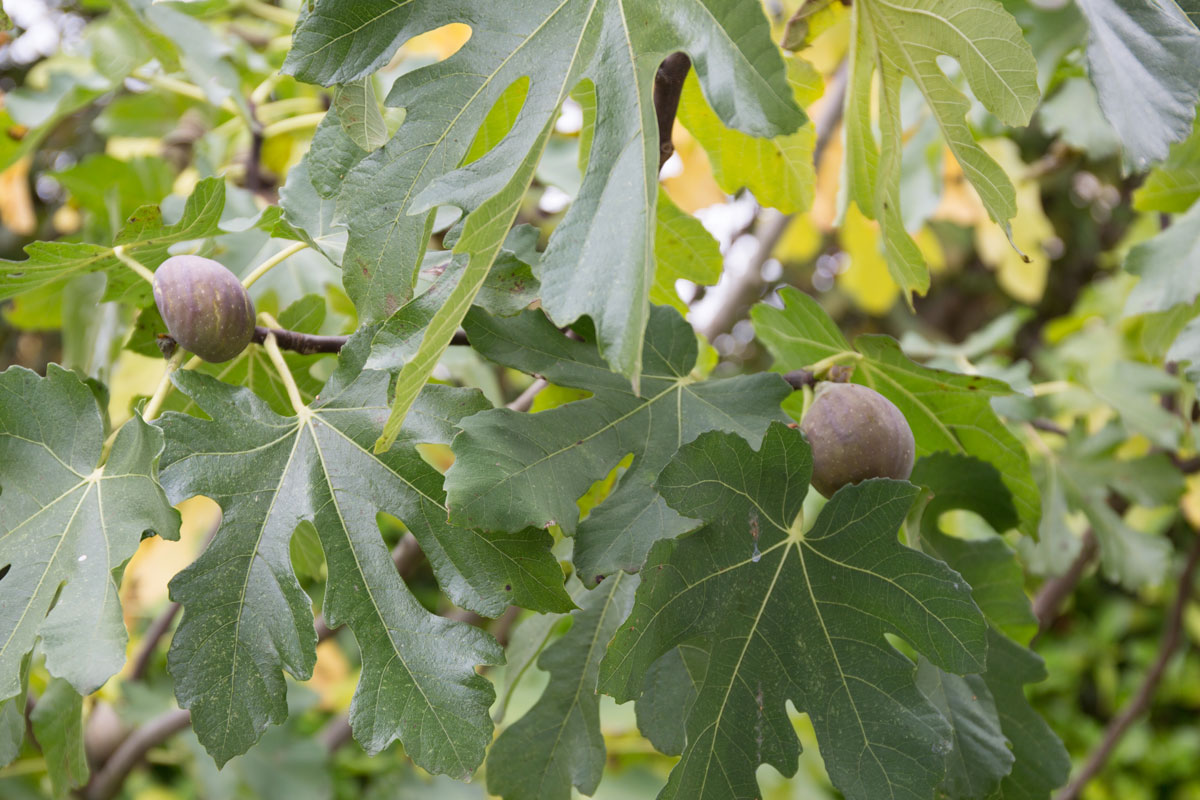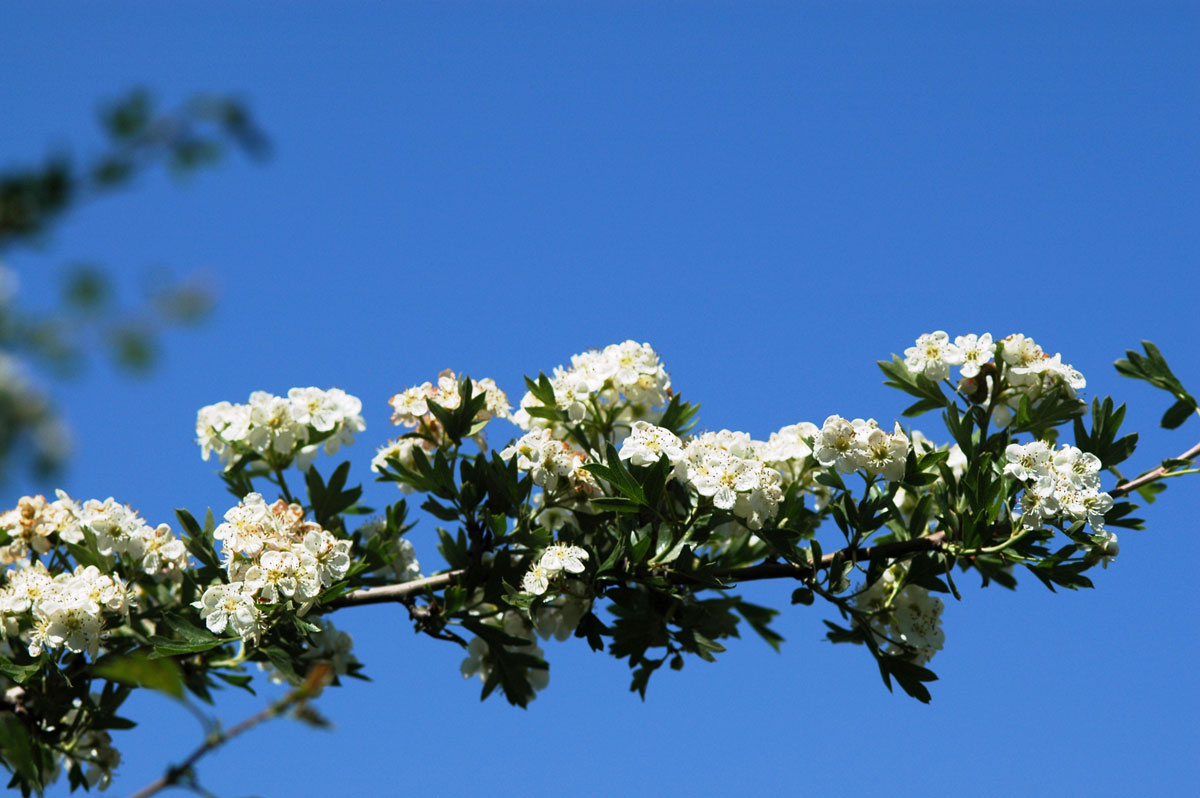Calendar and plants: more flowers in the month of May
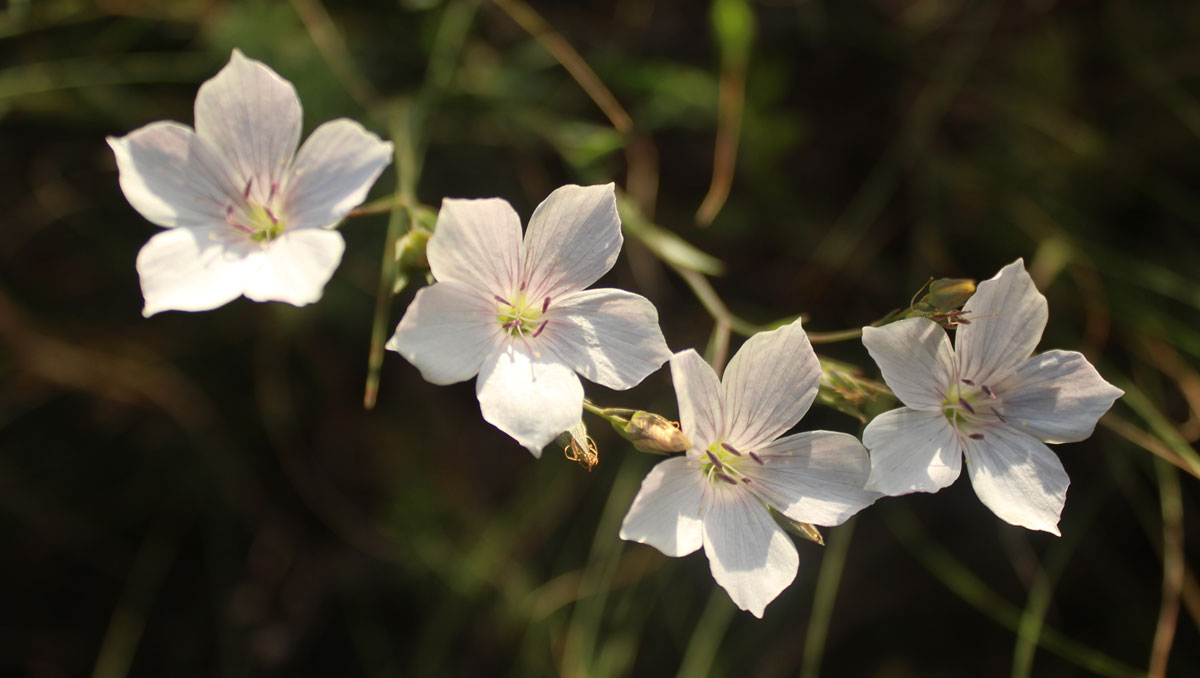
This is the second chapter dedicated to the festive ethnobotany and the spring month par excellence. What happens when plants are related to the clash between different cultures and religions? Symbolism is striking: flowers are life, crosses are death. Goddesses, altars, floral devotion, poems, punished flowers, and new calendars. You can’t imagine how many things a simple petal floating in the spring air hides.
Conquering a territory can be easier than acculturating the dominated. A complex process that includes destruction, resistance, modification, and adaptation dynamics. But it can also be reversible if the conquerors assimilate some of the conquered relevant cultural aspects such as their divinities’ names, festivities, or rituals. It facilitates the newcomers’ acceptance. In Europe, floral and dendrolatry –arboreal veneration– cults have been so firmly rooted in the soul of the people that when different ideologies have wanted to triumph they have had to make their own some of the archaic forms of relationship with nature.
As for the beginning of the good weather, the acculturation attempts of the arboreal and floral First of May have expressed themselves in different ways, both in religion and in the secular ideologies of the 18th to the 20th centuries.
The Christian version: The Holy Cross
In an attempt to pass dendrolatry rituals as their own, Christianity instituted the Holy Cross or Crosses Feast in the month of May to extol the arboreal and totemic standard of Christianity and cover it with flowers. A double and apparently antinomic celebration: on the one hand the floral and vital exaltation and on the other the Cross veneration, a symbol of martyrdom and death.

The tree feast became a commemoration of the Vera Cruz discovery’s presumed date, happened in Jerusalem by Saint Helena, Emperor Constantine’s mother (4th century). A celebration still alive in the País Valenciano’s neighborhoods and hermitages that are called after The Holy Cross name, such as Alicante, Alboraya, l’Alfàs del Pi, Bigastro, Burriana, Callosa del Segura, el Campello, Granja de Rocamora, Sant Joan d’Alacant, Mutxamel, Paterna, Sagunto, València, Jávea, etc.
The exaltation of the floral goddess, Maya
May is also the month dedicated to the goddess in charge of flowers’ care, Maya, by ancient Romans. A name that, once hybridized with Miryām by Christians –the Hebrew name of Jesus’ mother– resulted in that of Mary, a particularly exalted name along this month. In fact, to those of us who are of a certain age, the “Venid y vamos todos con flores a María” song reminds us of the month in which we prepared, with such enthusiasm, altars presided over by a Virgin Mary stamp or figure –in the houses or classrooms’ courtyard. Of course, always surrounded by spring flowers’ jars with peculiar scents in order to consolidate the local flora’s ethnobotanical knowledge.
There were very chromatic altars, although with a certain predominance of the white color in order to highlight Mary’s purity. There were lilies or white lilies (Lilium candidum), the calla lily (Zantedeschia aethiopica), the white daisies, and the sweet mock-orange (Philadelphus coronarius). In a list of plants used in the Moraira school (Marina Alta) in the sixties –provided by the Universidad de Alicante professor Concepción Bru– also appear the following: the bearded iris (Iris germanica), clavelina de pluma (Dianthus broteri), daffodil (Narcissus cf. assoanus), hyacinth (Hyacinthus), rosemary (Rosmarinus officinalis), wild asparagus (Asparagus acutifolius), roundhead bulrush (Scirpus holoschoenus), etc.

White lilies (Lilium candidum), on the left, or the calla lily (Zantedeschia aethiopica), on the right predominate the altars to highlight Mary’s purity through the white color. / Zachi Evenor – Wikipedia / Mandred Heyde – Wikipedia
Roses, in particular, are one of the Mary plants par excellence. A bond especially developed from the thirteenth century. Some examples are Rosa das rosas, cantiga 10 of the king Alfonso X of Castile, known as the Wise, written in Galician-Portuguese; or the Candida Rosa poetic apotheosis, the center of the Paradise where the Virgin Mary is located in the XXXII Canto of Paradiso, Dante Alighieri’s Divina Commedia. And, later, the lletanies lauretanes (XVII century), supplications (litaneia, in Latin) to the Virgin Mary, the Rosa Mystica.
Talking about this connection, the rosary’s practice (13th century) deserves a special chapter: a Hail Marys’ sequence of which the account is taken with a balls string, each one representing a rose, while the set a rose garden (rosarium, in Latin).
The Mary altars tradition was promoted in the 19th century by the Piedmontese John Melchior Bosco, San Francisco de Sales civic-religious society founder, the Salesinas. Don Bosco spread Il mese di maggio consacrato to Maria SS. Immacolata ad uso del popolo (1858), where he promoted the floral, popular, and infantile devotion that still endures on the month of May. Four years later, the Catalan Francesc Palau, Discalced Carmelites founder, added and edited in Barcelona El Mes de María: flores del mes de mayo, a remarkable treatise of botanical spiritual symbolism, almost an hyperdulia mediated by plants.
The expansion of Mary botany associated with the month of May found an exceptional diffuser in Jacint Verdaguer. A good Catalan flora connoisseur, who published the religious-botanical poems Flors [of the month] de Maria (1902): a fifty poems compilation we could describe as ethnobotanical since talk about popular knowledge of plants associated with the Virgin Mary.
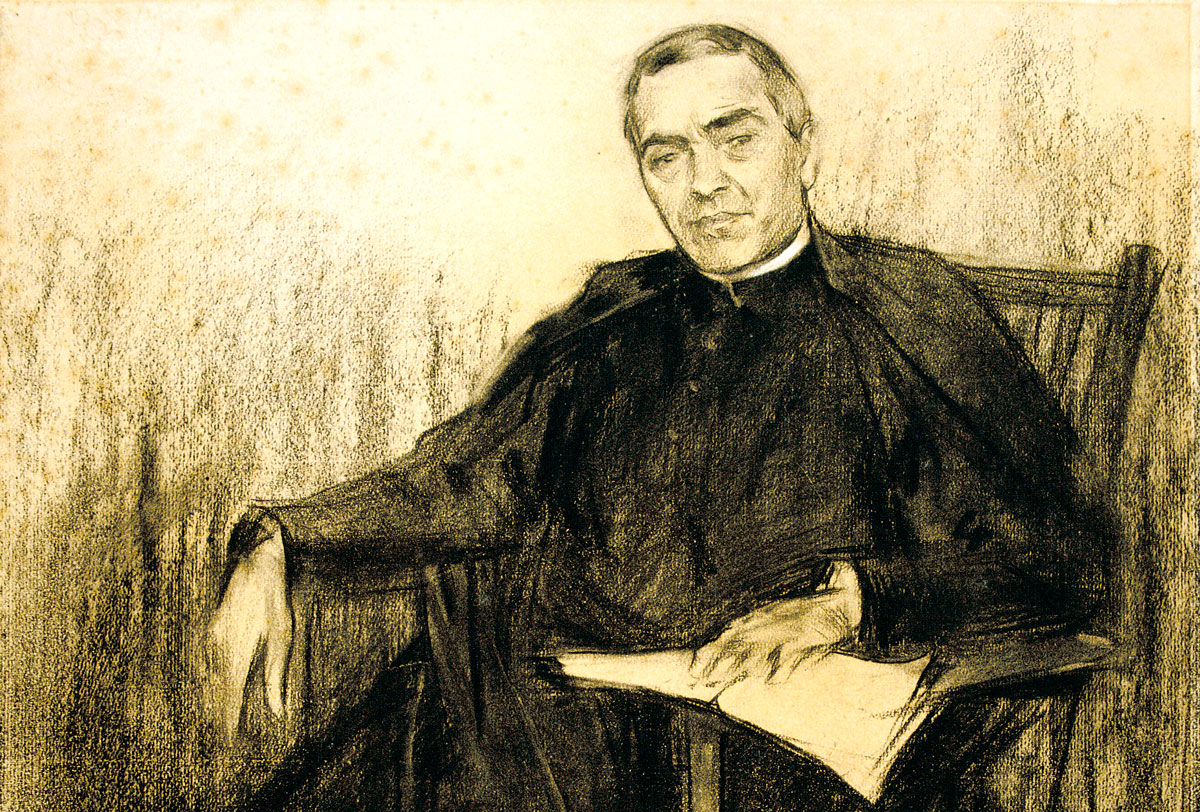
Jacint Verdaguer, in a portrait made by Ramon Casas in 1901 and preserved in the Museu Nacional d’Art de Catalunya, in Barcelona. / MNAC – Wikimedia
If they had favorable properties for humans it was because they had been pleasing to the Virgin Mary. The author tried to combine the didactics and promotion of human archetypal virtues with the positive characteristics of plants in his poetry book. He did it through ethnobotanical Mary poems (uses, symbols, legends, all related to plants), and through a careful compilation of words and proverbs contributed by his interlocutors, which he often transformed into fine and luminous metaphors. Interlocutors coming, it has to be said, not only from his nearest Cataluña, since he had also visited Alicante (1889), Valencia (1881 and 1889), and Mallorca (1883, 1887, and 1894).
This is the case of the poem dedicated to the violet (Viola odorata), the only species of the violacee family that emits a sweet and pleasant smell, a perfume:
“Quina flor trià? [Maria] / Trià la viola / sa flaire al sentir, / perquè no li ha dit / encara ella sola: / Veniu-me a collir”.
“What flower did you choose? [Maria] / She chose the violet / its smell to feel, / since it didn’t tell / yet by itself: / “come to harvest me”.
A poem published in the XII Diada de Verdaguer Excursionista booklet (2015) by the ethnobotanist Mari Carmen Barceló, a scholar of the Verdaguer’s work vegetophile aspects.
But the poet also used those plants not having virtues, or even having reprehensible characteristics, as examples. It was the case of the common flax, the Linum tenuifolium, a small bush of grass and sprouts lying on a calcareous substrate that blooms from May to August. The popular tradition ensures that since the flower wanted to be whiter than the Virgin Mary, the sky punished it by not giving it any smell or flavor. Since then, it is rejected by everyone and not even rabbits eat it. A plant that, due to these characteristics, receives names as descriptive as maleïda (cursed), or, given its whiteness, Virgin Mary mantle, and others.
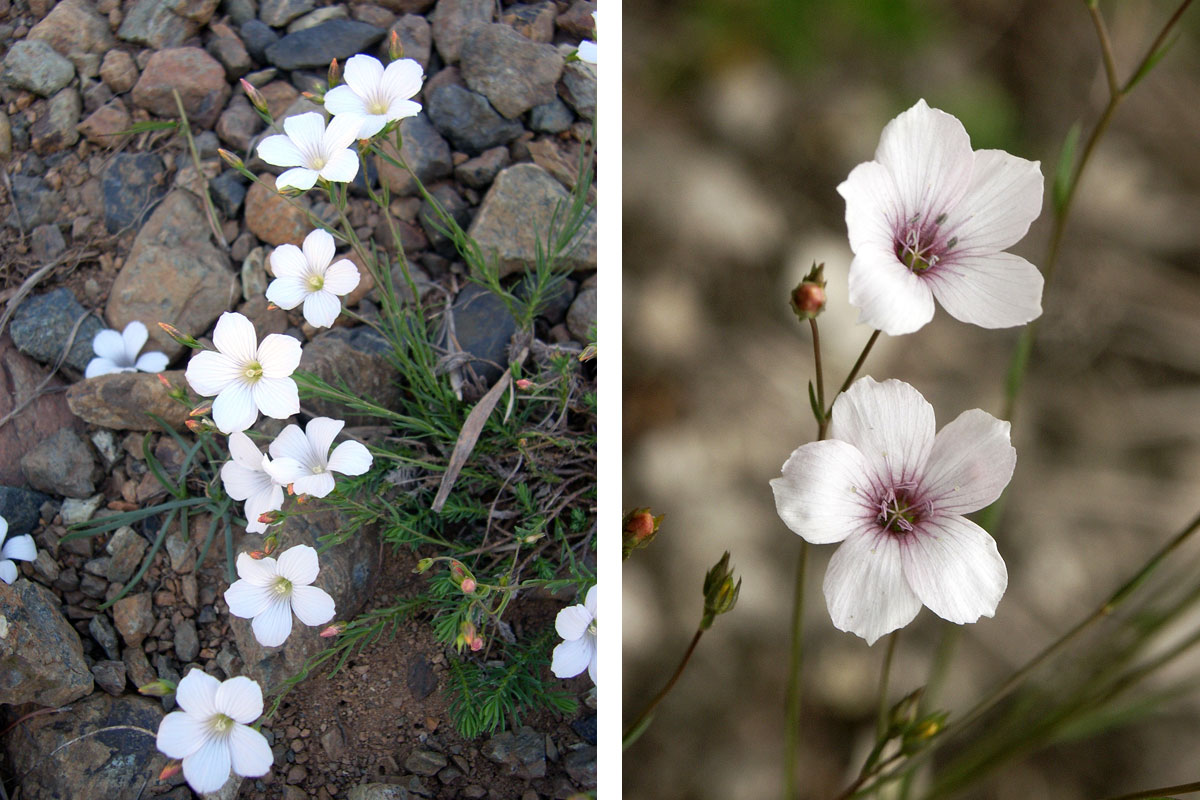
Linum tenuifolium detail pictures. / Archenzo – Wikipedia / Bernd Haynold – Wikipedia
Verdaguer also dedicated a poem, Glop de neu (Snow Gulp), to this supposedly vain, anti-Mary May flower:
“I aquesta pobra flor / perdé l’olor / La rosa fugí d’ella / lo repunxó també / I l’ardenta rosella / Li digué:/ − M’estim més per veïna / la pota cavallina”.
“And this poor flower / lost the smell / The rose fled from it / as well as the rampion / the burning poppy / Says to it:/ -The one I want the most by my side / is the coltsfoot”.
(Verdaguer, 1902)
Of the plants mentioned in the poem, the “pota cavallina” name (coltsfoot in English, but literally the horse’s hoof) (Tussilago farfara) alludes to the fact that this plant’s leaves, once in the ground, look like a horse’s hooves. In Sweden it is known as hästhov (hoof-horse) and is considered the flower that marks the beginning of spring (vårtecken). Scientists and amateurs, in fact, rush to discover the first hoof of the year in the field, its announcement is considered an honor.
The Christian one, however, was not the only ideological-religious appropriation intended to counteract the ancestral cults’ influence on the collective imaginary.
The revolutionary version
The traditional holiday calendar results from a complex and valuable cultural construction, in which different ways of interpreting natural phenomena –such as astronomical, phenological, climatic, ecological, etc. – and nature adaptation –such as agricultural, dietary, etc.– participated.
A calendar in which the year began on September 22 of 1792, pompously described as the first day of the “French Age”, all traditional festivals were abolished, and the year was divided in a different way. Months’ names were changed alluding to the nature manifestations (those of Paris, of course), the saints’ calendar was removed, and, instead, the days were dedicated to plants, animals, and field tools. Proposal made by the Occitan poet and revolutionary Fabre de Églantine. All of this served him little. He was the victim of one of the Jacobins’ purges carried out during the “Reign of Terror”, as well as other personalities such as the Occitan feminism’s precursor Olympe de Gouges (author of the Declaration of the Rights of Women and the Female Citizen), or the Parisian “Chemistry’s father” Antoine Lavoisier. Églantine was guillotined on April 5 of 1794, the Saint Vicent Ferrer’s day, or according to the new calendar promoted by him, the 16th of Germinal, the day of the laitue (lettuce).
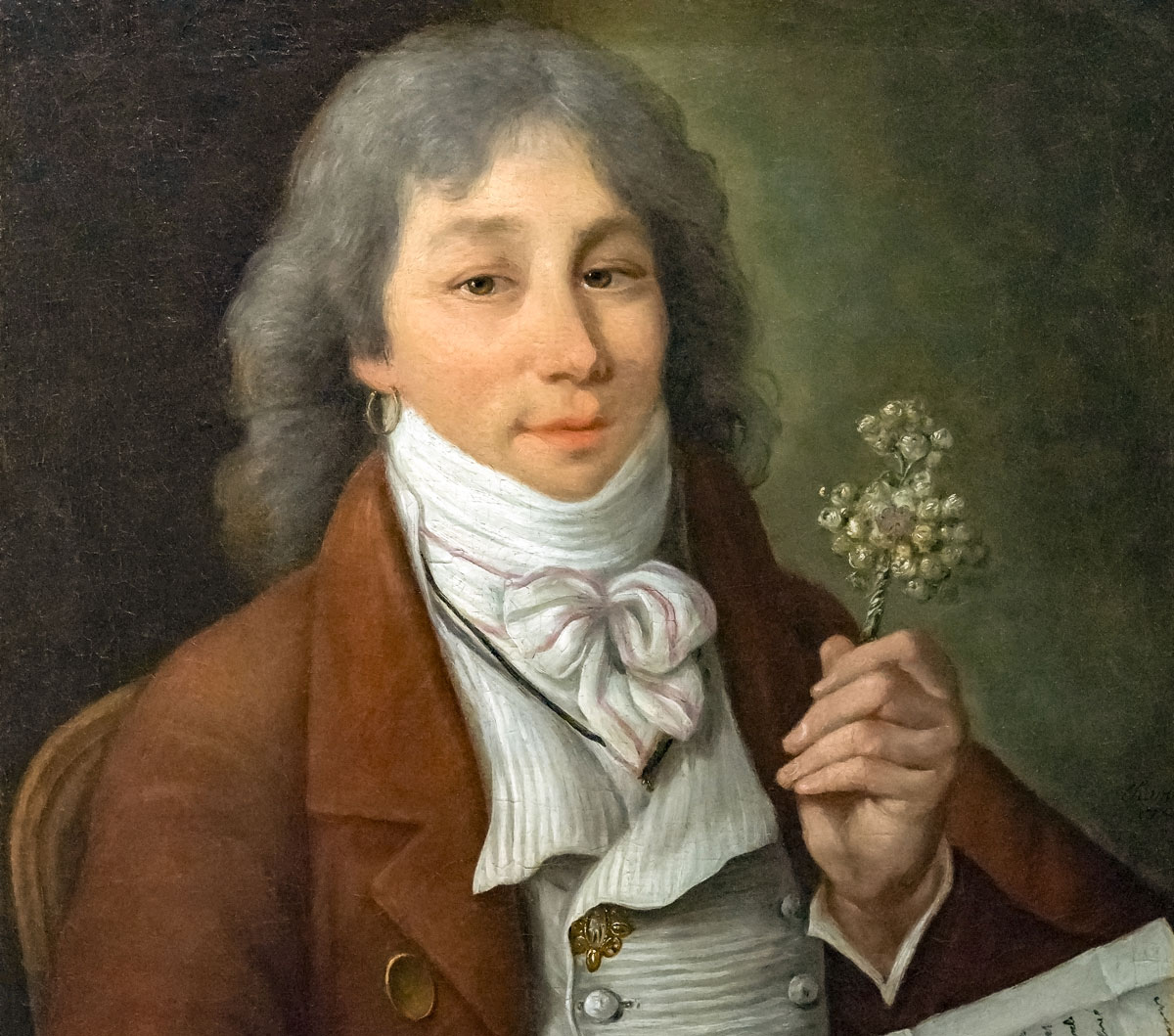
Fabre d’Églantine (1793), portrayed by Pierre Augustin Thomire. The work is part of the Musée des Beaux-Arts collection in Carcassona. On the left hand he shows a small silver bouquet of evergreen rose (Rosa sempervirens) awarded by the Académie des jeux floraux de Tolosa. / Wikipedia
On the contrary, April 23, Saint George’s day, would become the 4th of Floréal and it wouldn’t be dedicated to the rose, but to the aubépine (hawthorn, Crataegus monogyna), the shrub that represented the first of May in Celtic times. In the new calendar, May 1 was changed to the 12th of Floréal, stripped of all prominence, and associated with a forage grass, the sainfoin, esparcet, or holy clover, Onobrychis viciifolia. The deliberate marginalization of what was considered “old”, “religious” or “unrevolutionary” was also applied to the lily of the valley (Convallaria majalis), the other first of May characteristic plant, deported to the 7th of Floréal (April 26). Anyway, the poet also dedicated a day to his surname: the églantier (églantine, Rosa canina), which was on the 21st of Fructidor, 7 September equivalent.
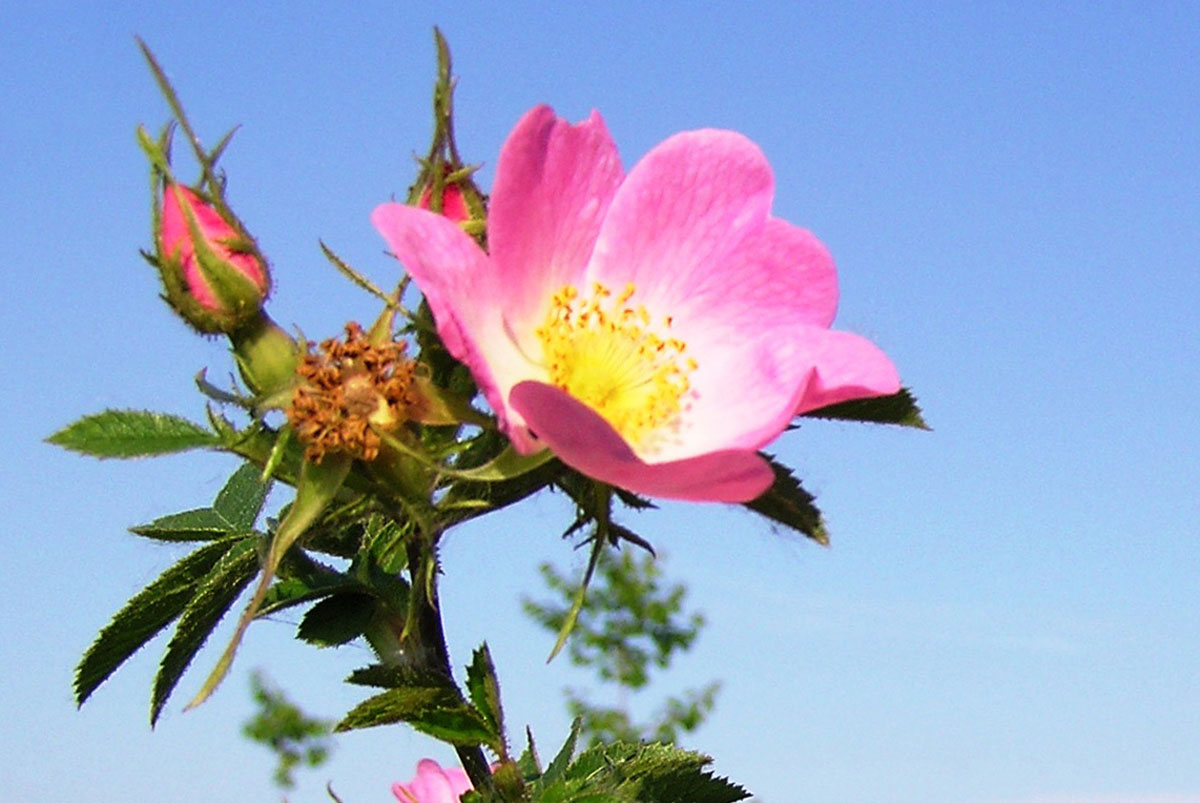
Englantine rose (Rosa rubiginosa). / Wikipedia
Fortunately, the French revolutionary calendar was abolished by Napoleon on the last day of 1805. This terminology’s implicit anachronism had been artistically manifested in the José Pinazo Martínez Floreal (1915), where the flowers are eclipsed by a fruit sample as exuberant as decoupled in time.
An anachronism as inappropriate as the previous ones became clear a century and a half later, during the Spanish civil war of 1936-1939 due to the toponymic change of the semiarid Sant Vicent del Raspeig for the Floreal del Raspeig. This Valencian village, aridity characterized (Sequet però sanet, «Dry but healthy» is its motto), has a relatively brackish terrain. Its vegetation is basically formed by esparto grass (Stipa tenacissima), albardine (Lygeum spartum), opposite-leaved saltwort (Salsola soda), and shrubby sea-blite (Suaeda vera), with their little showy flowering. Only the almond trees’ spectacular flowering stands out in the February landscape! However, and revolutionary speaking, the name imposed by the local anarchists was Floreal (del Raspeig), which corresponds to the months of April-May when the almond trees have already lost their flowers.
As we have seen, in changes imposed by manu militari in order to denature the Gregorian calendar, some kind of Paris-centrist naturism, revolutionary arrogance, obsessive anti-religiosity, traditional calendar’s meaning ignorance, and totalitarian ideology was mixed.
The working-class version
Christianity had been able to adapt many of the “pagan” calendar features by assuming its dates, gods (often transformed into “Saints”), or ancestral liturgies. Regarding the 1st of May –the May Day that marks the good weather beginning–, the new “secular religions” of the 19th and 20th centuries (socialism, communism, fascism, and Nazism) opted for a similar path.
They did so by taking advantage of a tragic event. On May 4 of 1886, the Chicago police killed some workers during riots that followed a May 1 strike in favor of the 8-hour labor day. Furthermore, five detainees, anarchists, were sentenced to death and hanged after an unfair trial on November 11. Three years later, the recently founded Second International –the origin of socialism and communism (Third International)– wanted to honor the “Chicago Martyrs” by proposing to hold demonstrations on the usual May Day, considering it International Workers’ Day.
In 1891, during one of those demonstrations in Fourmies (France), the army butchered the participants. The date remained firmly rooted in the workers’ memory to the point that the German National Socialist Workers Party (NSDAP) –the Nazi party– instituted the May 1 National Workers’ Day declaring it as a Holiday as soon as it came to power in 1933. As it would do Vicky’s collaborationist and pro-Nazi government in 1941.
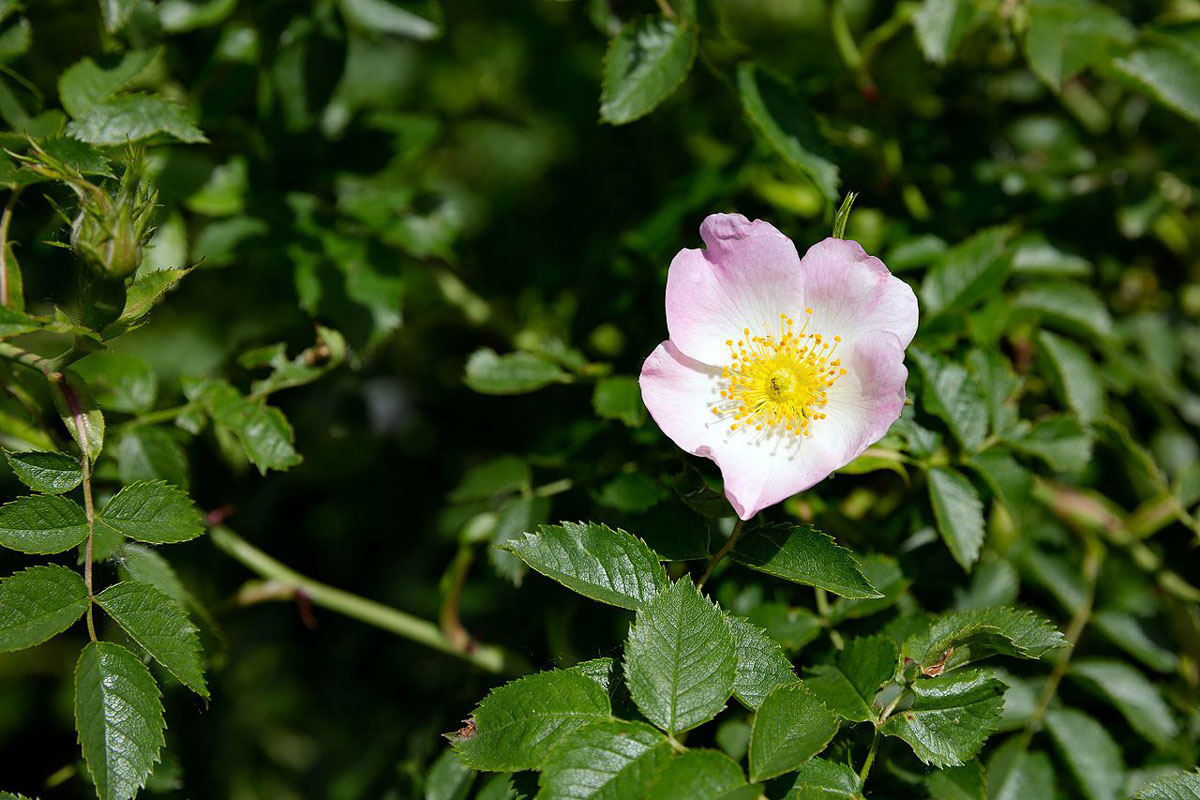
Dog Rose (Rosa canina). / Manfred Werner – Wikipedia
Despite this acculturation process, there still are floral reminiscences in some of this day’s celebrations. Especially in France, where, in the May 1 workers’ demonstrations, the participants used to wear a dog rose or eglantine (Rosa canina) on their jacket’s buttonhole. From 1907, that flower would be replaced by a more traditional lily of the valley’s bouquet (Convallaria majalis), surrounded by a red ribbon.
In response to the May 1 takeover attempts carried out by the “atheist” labor movement, the “confessional” labor movement reacted. And in 1955, Pope Pius XII declared May 1 as Saint Joseph the Worker’s holiday, workers’ patron saint. In ultra-Catholic Francoist Spain, the celebration was called “San José Artesano” (Saint José the craftsman, in order to avoid “worker”). It was a confessional political counterpoint to the leftist celebrations that tried to monopolize Labor Day. The Finland Lutheran church also celebrates that day with marches and collective outings in the countryside.

La primavera painting’s detail, (ca. 1480) by Sandro Botticelli, in the Uffizi Gallery. On the left, looking at the spectator of the work, the goddess Flora appears handing out flowers and announcing the arrival of good weather. / Wikipedia
Despite the historical and ideological vicissitudes, the May Day has had a markedly naturalistic, spring, floral character, to the point that in the Roman world was the day dedicated to the goddess Flora, around whom the Floralia were celebrated. But again, as the inspired British novelist Rudyard Kipling would say, “this would be the reason for another story” which, if the gods allow us, we will deal with in the next chapter.







